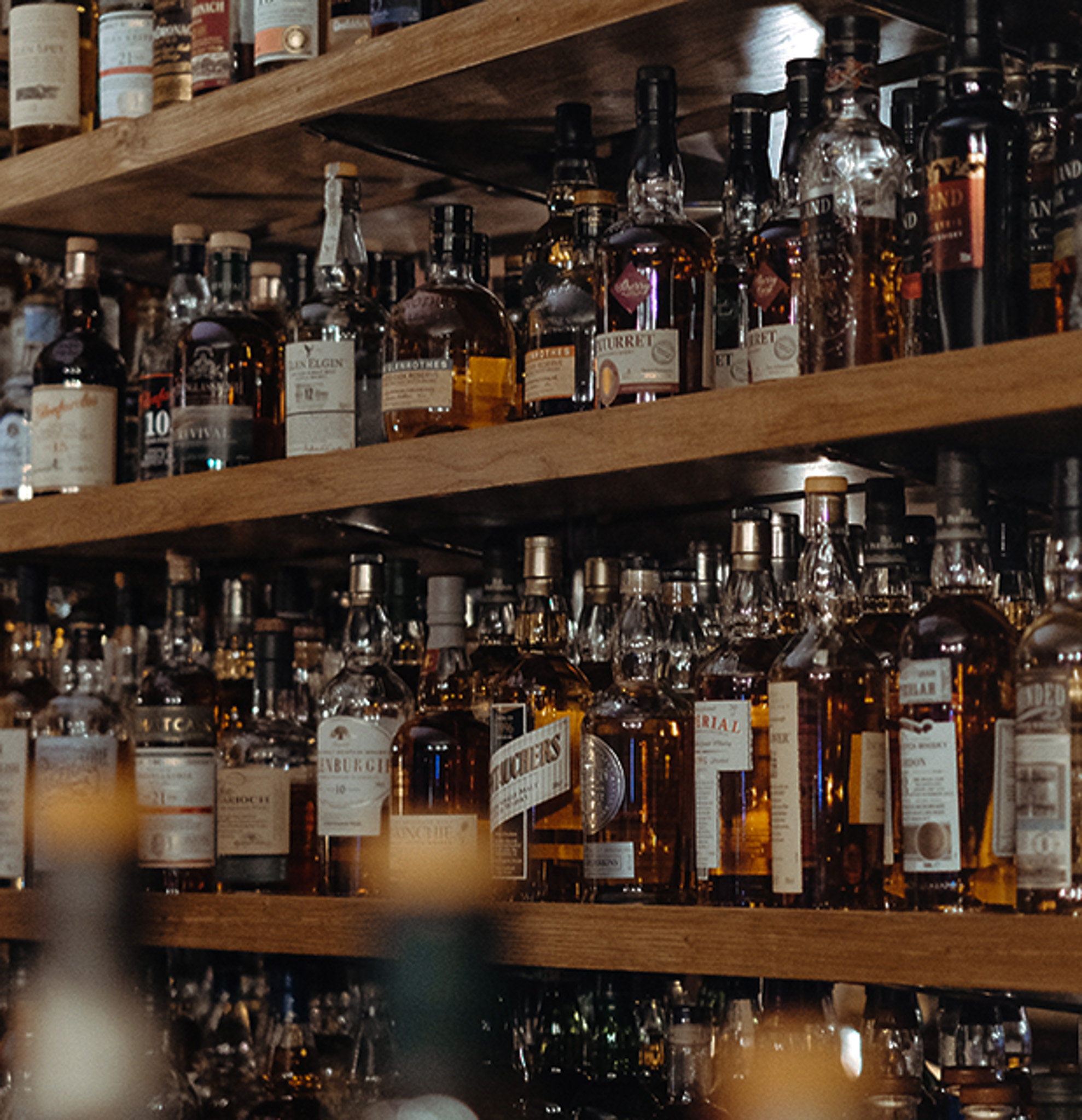This page is dedicated to one of my foremost passion:
Whisk(E)y
Here, you will find various fun facts and information about whisk(e)y. A blog series is also in the works.
I have been a whisk(e)y collector for several years, and I have a passion for sharing it with others. I enjoy hosting tastings to educate new enthusiasts about the rich history, complex character, and art associated with whisk(e)y. I have hosted intimate tastings with smaller groups as well as formal events for business groups. Please feel free to contact me to schedule a tasting.
Whiskey or Whisky?
...To Be or Not To Be?
You may have noticed that whisk(e)y can be spelled differently, but which one is correct? The correct answer is both, it just depends on the origin of the liquor and the distiller’s preference. WHISKEY with an “e” is the preferred spelling for American and Irish producers, while WHISKY without the “e” is the favored spelling for Scottish, Japanese, and Canadian producers. However, you can find American producers, such as Maker’s Mark, who prefer to label their product as “whisky.”
"Water of life"
Distilled alcohol is referred to as aqua vitae in Latin, and the direct translation is “water of life.” This definition was translated into Old Irish as uisce beatha, and in Scottish Gaelic as uisge beatha. Through time, uisce or usige, came to be pronounced simply as “whisk(e)y.”

Famous Whisk(e)y Quotes
How it's Made
Three ingredients: Grains, Yeast, and Water
Step 1. Mashing
The first step to making whisk(e)y is mashing. Grains are placed in water and heated to break down tough cellulose walls, which releases starch that is eventually converted to sugar. The sugar-rich liquid mixture of grains and water is called the mash. The grains are eventually filtered from the liquid to create what is known as wort.
Step 2. Fermenting
Mash or wort is transferred to a fermentation chamber, which is typically constructed of wood or stainless steel. Yeast is added to this chamber to start the fermentation process. The yeast feeds on sugars in the wort and the byproduct is ethanol (alcohol) and carbon dioxide. After the fermentation period is finished, the liquid content is known as beer or wash (in Scotland).
Step 3. Distilling
Distillation is a process of boiling the beer/wash to extract higher concentrations of alcohol. Alcohol boils at 172F whereas water boils at 212F; therefore, alcohol vapor is formed before water vapor while the mixture heats up. The captured alcohol vapor is transformed back into a liquid state as it runs through water-cooled condensers coils. This distilled product can be distilled several more times to remove unwanted compounds.
Step 4. Aging
Aging is a complex process that gives whisk(e)y its coloration and flavor profile. Wood casks made of white oak are typically used as the aging vessel because of its ability to prevent leakage, while also allowing the whisk(e)y to permeate through the pores. Some whiskies are aged in previously used casks that once held different types of alcohol (e.g., sherry wine, port wine, rum) to give it a unique finish.




Fun facts
Impress Your Friends

Hover your mouse over the photos to learn about fun facts that will impress your friends and colleagues! More facts to come…

Barrel vs. Cask

Cooper

World Whiskies

Scotch Whisky

